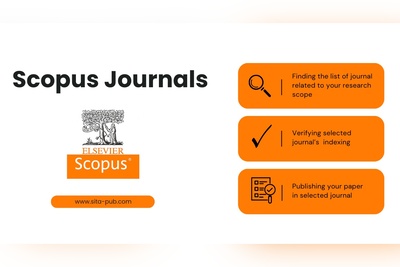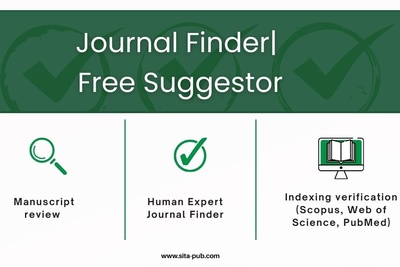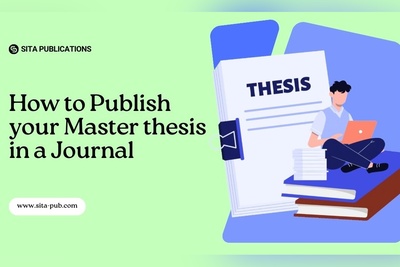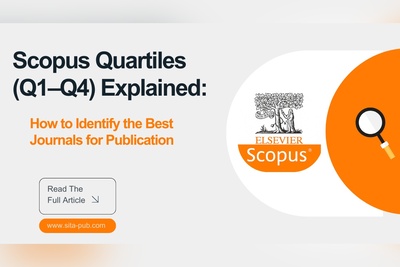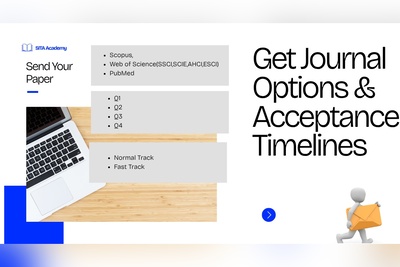APC fees for open access journals
Learn what APC fees are, how much open access journals charge, and what extra fees to expect. Practical guide for choosing affordable journals.

For many researchers—especially graduate students, independent scholars, and authors working without institutional funding—finding a journal that fits both their academic needs and their budget can be challenging. You may have already identified a suitable journal for your paper, only to discover a set of fees that seem confusing or unexpectedly high. Or perhaps you are at the very beginning of your journal search and want to know what costs to expect before committing your time and effort.
This guide explains, in a practical and structured way, what APC fees are, what other charges a journal may impose, whether all open access journals require APCs, and how much you should expect to pay. With this information, you’ll be able to navigate publishing costs more confidently and avoid expensive surprises.
What Are APC Fees?
APC stands for Article Processing Charge. It is a fee paid by the author (or their institution, or research sponsor) to cover the cost of publishing an article, especially in open access (OA) journals.
In traditional subscription-based publishing, revenue comes from readers—libraries, universities, and individuals who pay to access the journal. Open access, however, provides free access to readers worldwide, which means the journal must recover its costs from a different source: usually from the authors.
APCs help cover:
Editorial management
Peer-review administration
Journal hosting and website maintenance
Typesetting, formatting, and proofreading
Digital archiving and indexing
DOI assignment and metadata management

It’s important to understand that APCs are not a payment for acceptance. Ethical journals charge APCs only for the publication process after a paper is accepted, not to influence editorial decisions.
Different Types of Fees Journals Might Charge
While many authors know about APCs, several other fees may appear during the submission–publication process. Not all journals charge these fees, but knowing them helps you plan a realistic budget.

1. Submission Fees
Some journals charge a submission fee (or “manuscript handling fee”) that must be paid at the time of submitting your article. This fee helps cover initial processing and peer-review management.
Common in:
Some Elsevier journals
Certain medical or highly competitive journals
Hybrid/subscription journals that do not charge APCs
Typical range: USD 30–300.
2. Publication or APC Fees
This is the main fee charged by open access journals. It is paid only after acceptance.
What affects APC size?
Publisher reputation (e.g., Elsevier, Springer, Wiley, Taylor & Francis)
Journal indexing (Scopus, Web of Science, PubMed)
Impact factor or quartile ranking (Q1 journals usually charge more)
Discipline (medicine and STEM tend to cost more than humanities)
Typical range:
Low-cost or emerging publishers: USD 100–400
Mid-tier indexed journals: USD 400–1,200
Well-established publishers: USD 1,500–3,000
Prestige or high-impact journals: USD 3,500–8,000+
3. Extra Author Fees
Some journals charge an additional amount if your article has more than a certain number of authors, such as more than 5 or 8.
Typical range: USD 20–100 per additional author.
4. Page Fees
These were more common in older print-era journals and still exist in some fields, especially engineering and physical sciences.
Journals may allow a certain number of pages for free (for example, up to 8 pages) and then charge a per-page fee for additional pages.
Typical range:
Free up to X pages → then USD 30–100 per page.
5. Color Figure or Color Print Fees
Some journals charge extra for printing figures in color, particularly if they produce a print edition. Online-only journals generally do not have this fee.
Typical range:
USD 100–300 per figure in print
USD 200–500 flat fee for color pages
6. Table, Figure, or Format Fees
A few journals charge for special formatting features such as oversized tables, high-resolution images, supplemental files, or graphical abstracts.
These fees are less common today, but they still appear in:
Medical imaging journals
Environmental and geographical science journals
High-volume data journals
Typical range: USD 50–150 depending on complexity.
7. Fast-Track or Rapid Review Charges
If you’re in a hurry—perhaps for graduation, grant submission, or job applications—some journals offer a fast-track service. This service guarantees a quicker peer-review process.
Important: Fast-track does not promise acceptance; it only shortens review times.
Typical review speed with fast-track:
1–2 weeks for initial decision
3–4 weeks for final decision
Typical fee: USD 100–500.
Do All Open Access Journals Charge APC Fees?
No—not all open access journals require APCs. The OA landscape includes several business models.

1. Diamond/Platinum Open Access Journals (No APCs)
These journals are completely free for both authors and readers. They are funded by:
Universities
Scholarly societies
Government or nonprofit organizations
Volunteer editorial boards
Examples of where Diamond OA is common:
Many humanities journals
Regional academic journals in Asia, Latin America, and Europe
Society-funded journals
2. APC-Based Open Access (The Most Common Model)
These journals make articles freely available but charge authors to cover operating costs.
3. Hybrid Journals
Traditional subscription journals that offer an open access option.
Authors may choose between:
Publishing normally with no APC (but the article will not be open access)
Paying an APC to make the article open access
Hybrid journals sometimes have higher APCs than fully open access journals.
4. Waivers and Discounts
Many publishers offer:
Full waivers for authors from low-income countries
Partial waivers for lower-middle income countries
Discounts for early-career researchers
Institutional agreements (if your university has a publishing contract)
If your budget is limited, it’s worth checking the journal’s waiver policy before excluding it.
What Is the Approximate APC Fee for Open Access Journals?

The cost varies widely based on:
Indexing:
Scopus/WoS-indexed journals tend to charge more.Quartile ranking:
Q1 journals often have the highest fees.Publisher:
Larger publishers usually have standardized APCs.Discipline:
Medical and applied sciences cost more than humanities or social sciences.
Below are approximate ranges for 2024–2025:
Low APC Journals (USD 100–400)
Often newer journals or those published by universities
Good options for researchers with a limited budget
Frequently indexed in ESCI, DOAJ, or Scopus
Mid-Range APC Journals (USD 400–1,900)
Many reputable open access journals
Often Scopus Q2–Q4, sometimes Web of Science
Well-structured editorial processes
High-Range APC Journals (USD 1,500–3,000)
Top publishers such as Springer, Wiley, Elsevier
Common for Q1–Q2 journals
Strong visibility and indexing
Premium/High-Impact APC Journals (USD 3,000–8,000+)
Highly cited and competitive journals
Select medical journals, high-impact Q1 journals
Often part of major publishers
How to Choose a Journal Within Your Budget
Here are practical steps to help you make an informed choice:
1. Define your maximum budget early
Before you even begin searching for journals, decide how much you can realistically spend. This helps you avoid falling in love with a journal that is financially out of reach.
2. Check the APC on the journal’s website
Never rely on third-party websites or outdated lists. APCs can change every year.
3. Look for university or national agreements
Many institutions have agreements with publishers—meaning you may pay less or nothing at all.
4. Don’t ignore Diamond OA journals
Many high-quality journals charge no APC at all. They may take more time to find, but they are worth it if your budget is limited.
5. Watch for red flags
Avoid journals that:
Promise extremely fast acceptance
Have unclear editorial boards
Are not indexed where they claim to be
These may be predatory journals.
6. Consider fast-track only if truly necessary
Fast-track options can save you time but can add significant cost. Use them only when deadlines are strict.

Conclusion
Understanding APCs and other publication-related fees is essential for planning your publication strategy. Fees vary widely depending on the journal’s publisher, indexing, discipline, and open access model. While many reputable open access journals charge APCs to cover operational costs, others—especially Diamond OA journals—remain free for both authors and readers.
By knowing what fees to expect and how to evaluate journals, you can choose a publication outlet that aligns with your academic goals and your budget. Whether you’re a graduate student trying to publish your first article, a researcher seeking high-impact visibility, or a practitioner looking for accessible and ethical journals, proper planning ensures that your publication experience is smooth, transparent, and financially manageable.
Publish Smarter with SITA Academy – Your Paper, The Right Journal, Within Your Budget
Struggling to find an open access journal you can afford? Unsure about APC fees, acceptance rates, or which journals are truly reputable?
At SITA Academy, we simplify the entire process.
We match your paper to journals in Scopus, Web of Science, PubMed, and all quartiles
We prioritize journals with high acceptance rates
We only recommend options within the budget you specify
We guide you through submission, formatting, and communication with the journal
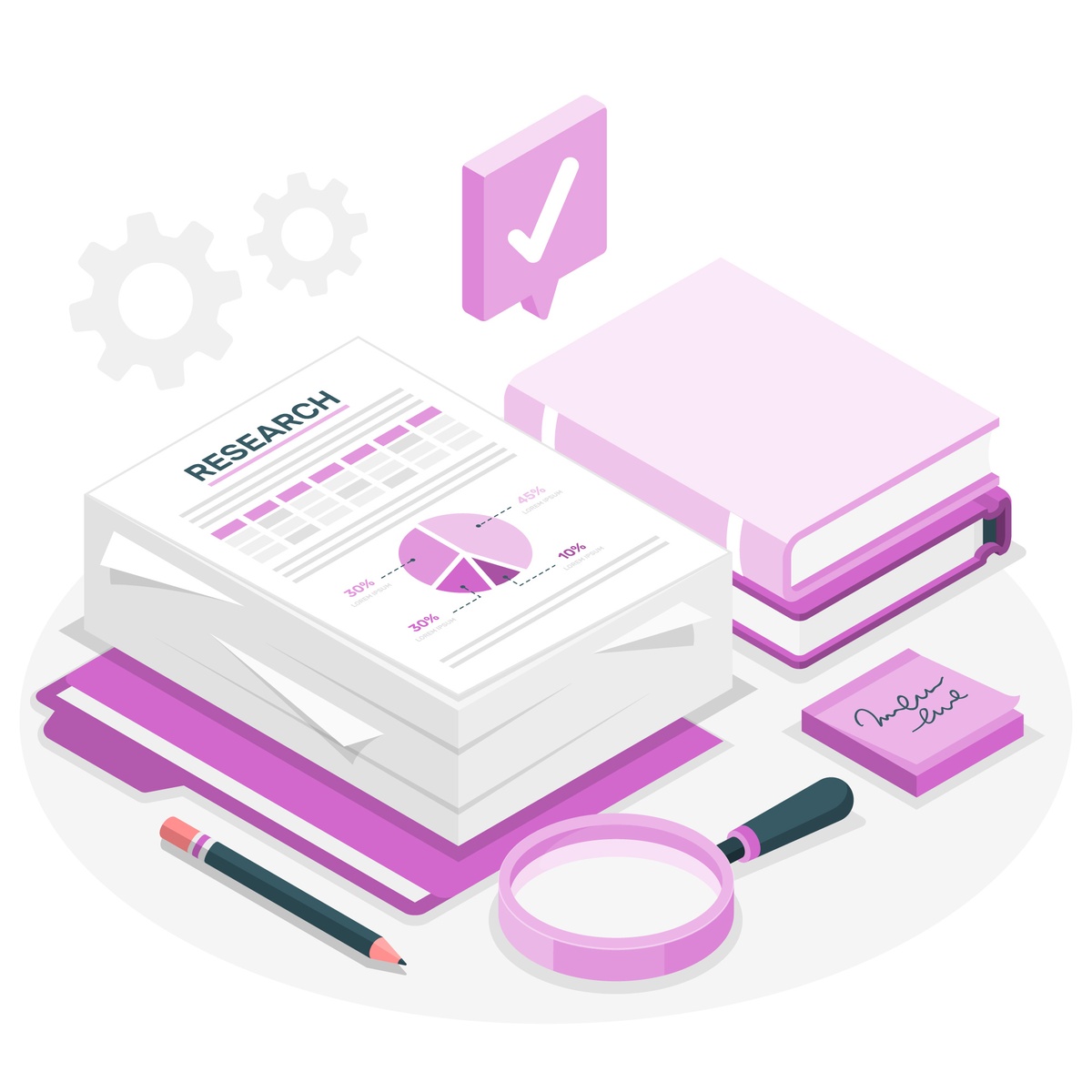
Verified Contact Channels
If you have any questions, inquiries, or would like to learn more about our services, please don't hesitate to reach out to us. Our dedicated team is ready to assist you.






